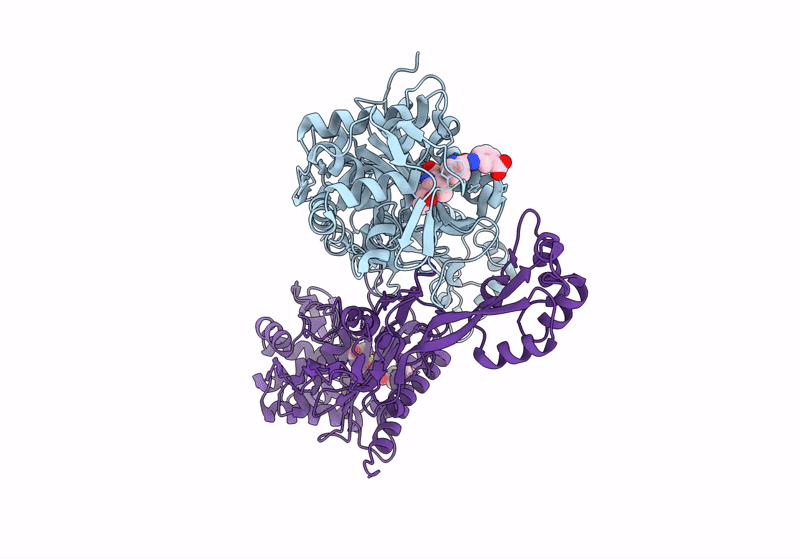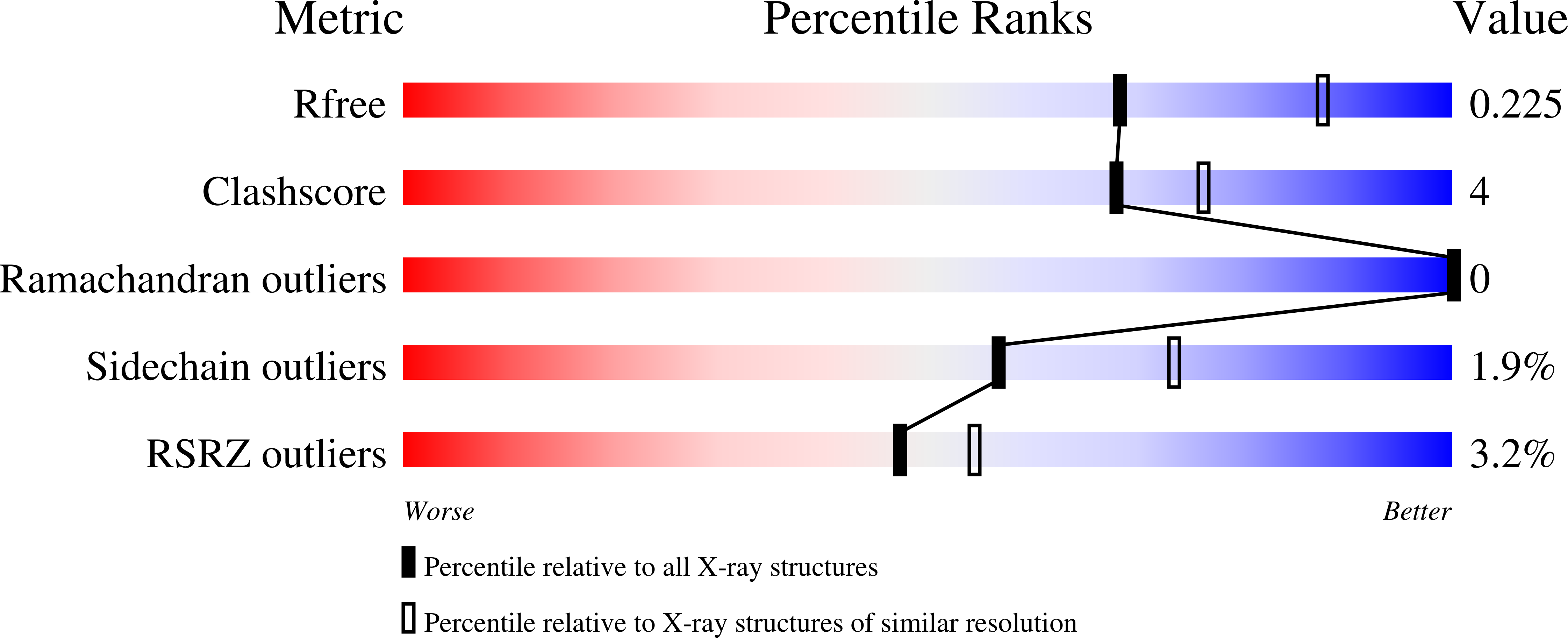
Deposition Date
2023-12-12
Release Date
2024-05-01
Last Version Date
2024-10-23
Entry Detail
PDB ID:
8VBW
Keywords:
Title:
Structure of the monofunctional Staphylococcus aureus PBP1 in its beta-lactam (Ertapenem) inhibited form
Biological Source:
Source Organism:
Staphylococcaceae bacterium (Taxon ID: 2043664)
Host Organism:
Method Details:
Experimental Method:
Resolution:
2.30 Å
R-Value Free:
0.23
R-Value Work:
0.19
R-Value Observed:
0.19
Space Group:
C 1 2 1


